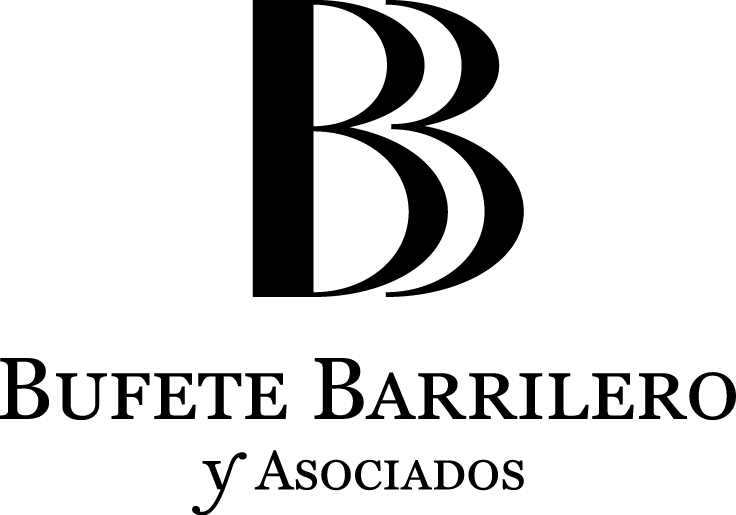CRIMINAL
The recent Supreme Court ruling STS 121/2025, dated February 13, has addressed a case that is not common in the Second Chamber: a crime against worker health and safety and injuries resulting from a workplace accident. Beyond the core legal issues discussed in the ruling, this article focuses on the penalty imposed on the company’s General Manager. In addition to a prison sentence—avoidable through the benefit of “suspension”—the court also imposed a disqualification from holding the position of General Manager for the same duration as the prison sentence, which in this case was one year and six months.
In cases involving crimes such as the one mentioned, the most significant consequence for a convicted individual may not necessarily be the prison sentence itself, as there are mechanisms in place to prevent its execution. Instead, unexpected restrictions on rights can have a major impact, particularly when they prevent the convicted individual from exercising their profession, trade, or position.
For senior management, the issue arises when the prosecution takes an expansive approach, arguing that the disqualification should apply broadly to all managerial and executive roles, not just to positions related to workplace health and safety. While it is reasonable to argue that the restriction should be limited to the specific area of the offense, courts often extend the penalty to include the broader managerial role, as seen in this ruling.
A disqualification from serving as an administrator or manager does not just deprive an individual of a right—it effectively acts as a financial sanction due to the severe economic damage it can cause. In the best-case scenario, the convicted individual is prevented from carrying out the vast majority of their managerial functions, which typically make up around 90% of their responsibilities.
Preventing This Risk: Compliance as a Key Measure
To mitigate this risk, it is important to remember that while the Occupational Risk Prevention Law designates the Administrator as the responsible party in this area, this does not automatically translate to criminal liability. The specific personal responsibility of the accused must be examined in each case. In this regard, Article 318 of the Penal Code is designed to identify the responsible party within a large organization, stating that liability falls on either the administrator or the person in charge of workplace health and safety. The use of the disjunctive “or” in the law implies that this responsibility can be delegated to a competent individual.
So how can such situations be avoided? The key measure is prevention through the implementation of Corporate Criminal Compliance Programs. This tool helps define the scope of the administrator’s responsibility for their own actions and those of subordinates. A well-structured compliance program allows companies to delegate responsibility appropriately to the individuals responsible for a specific function.
For example, organizational charts included in Occupational Risk Prevention Protocols (which can also apply to areas like environmental management) do not always reflect the actual operational structure of a company. Furthermore, it is often evident that those held responsible for workplace safety violations are not truly involved in this highly technical field, which requires specialized knowledge and certification. It is crucial to review and refine organizational charts when they do not accurately reflect real responsibilities.
Compliance as a Protective Mechanism
By implementing an effective compliance program, the risk of liability and conviction can be significantly reduced. While compliance is often seen as a tool for shielding corporations from criminal liability, it is also highly beneficial for individuals within the organization.
A functional organizational analysis helps clarify how decisions are made, implemented, and executed within a company. This aligns with Article 31 bis of the Penal Code, which governs corporate criminal liability, allowing organizations to identify responsibilities, establish safeguards, and delegate duties appropriately.
Criminal liability for the actions of subordinates is not automatically transferred to the administrator. Instead, under the principle of specialization, modern corporate management allows for delegation of responsibility, provided that the delegation is properly structured and documented. The key takeaway is that form must match substance—companies must ensure that their compliance structures effectively reflect the real division of responsibilities within the organization.


